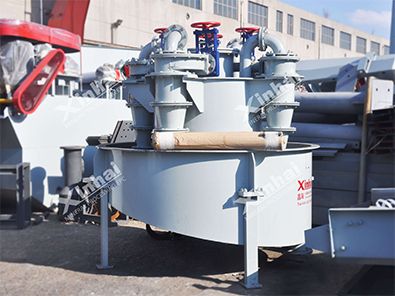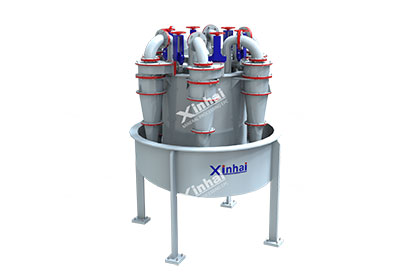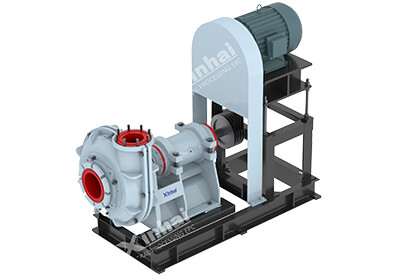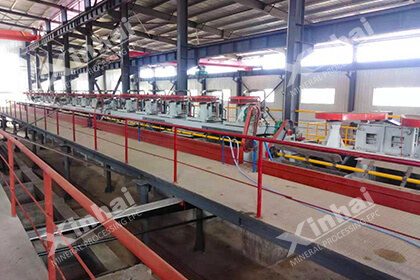Spiral Classifier in Mineral Processing: A Comprehensive Guide
 Sheena
Sheena
 Nov 24, 2024
Nov 24, 2024
 602
602
If you want to know more details about equipment, solutions, etc, please click the button below for free consultation, or leave your requirements!
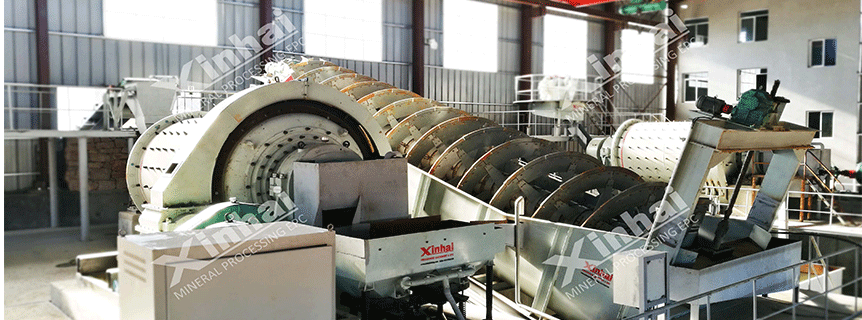
Application-of-spiral-classifier-in-silver-ore-dressing-plant
Mineral processing involves separating valuable minerals from waste materials in mined ore. Among the wide array of equipment used in this process, the spiral classifier plays a pivotal role in ensuring the efficiency of beneficiation operations. It is a gravity-based classifier that separates particles by size and density. This article provides a detailed overview of the spiral classifier, its working principles, design considerations, types, applications, and its significance in mineral processing.
01Principles of Spiral Classifier Operation
BackThe spiral classifier operates on the principle of sedimentation, which leverages the different settling rates of particles in a fluid medium.
02Key Components of a Spiral Classifier
BackSpiral classifiers are simple yet effective devices composed of several integral components:
2.1 Spiral Shaft and Blade: The rotating spiral, often made of wear-resistant material, creates a lifting effect for the coarse particles.
2.2 Trough: A long, inclined channel that holds the slurry and guides the movement of particles.
2.3 Overflow Weir: Positioned at the upper end, it allows finer particles to flow out with the liquid.
2.4 Discharge Outlet: Located at the lower end, it removes the heavier particles for further processing.
2.5 Drive System: Includes a motor and gear mechanism to rotate the spiral blade at a controlled speed.
2.6 Supports and Bearings: Ensure stability and smooth operation of the rotating components.
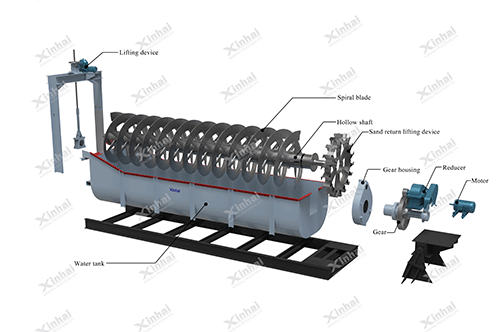
03Types of Spiral Classifiers in Mineral Processing
BackSpiral classifiers can be categorized into different types based on the design of the spiral blade and the trough. Each type is suited to specific applications:
3.1 High Dam Spiral Classifier
Design: The spiral blade extends above the slurry surface.
Application: Ideal for separating coarse particles and used in rough grinding stages.
Advantages: Simple design and cost-effective.
3.2 Submerged Spiral Classifier
Design: The spiral blade is entirely submerged in the slurry.
Application: Designed for fine material classification and precision in separation.
Advantages: High accuracy and efficiency.
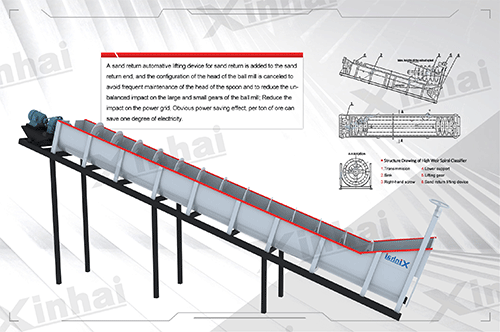
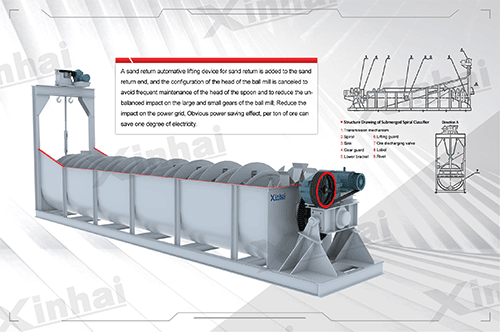
04Applications of Spiral Classifiers in Mineral Processing
BackSpiral classifiers are indispensable in mineral processing due to their ability to perform a range of functions. Some of the most common applications include:
4.1 Grading and Sizing of Ore
Separates particles into fine and coarse fractions for subsequent processing steps.
Ensures uniform feed size for grinding mills, enhancing their efficiency.
4.2 Desliming
Removes fine particles or slimes from ore, which can interfere with downstream processes such as flotation or leaching.
Improves the quality of the ore for beneficiation.
4.3 Dehydration
Removes excess water from ore concentrates or tailings, reducing moisture content for easier handling.
4.4 Washing
Removes impurities such as clay or silt from ore particles, improving the overall grade of the ore.
4.5 Pre-concentration
Acts as a preparatory step by discarding coarse particles and ensuring only fine, valuable minerals proceed to subsequent stages.
05Advantages of Spiral Classifiers in Mineral Processing
BackSpiral classifiers are widely adopted for mineral processing due to their numerous benefits:
5.1 High Efficiency: Capable of separating particles with high accuracy, ensuring better recovery of valuable minerals.
5.2 Cost-Effective: Simple design and low operating costs make them an economical choice.
5.3 Scalable: Available in a variety of sizes and configurations to suit different capacities.
5.4 Low Maintenance: Minimal moving parts and robust construction ensure a long operational life with reduced maintenance requirements.
5.5 Versatility: Suitable for a wide range of mineral types and applications, from coarse to fine particle separation.
06Conclusion
BackThe spiral classifier is a cornerstone in mineral processing, offering a reliable and cost-effective method for particle separation. Its simple design, versatility, and efficiency make it an essential piece of equipment for various applications, including grading, desliming, and washing. Despite its limitations, advancements in design and technology have enhanced its performance and durability.
 +86 18716000713
+86 18716000713 xlyin@xinhaimining.net
xlyin@xinhaimining.net




 Message
Message Chat Now
Chat Now


